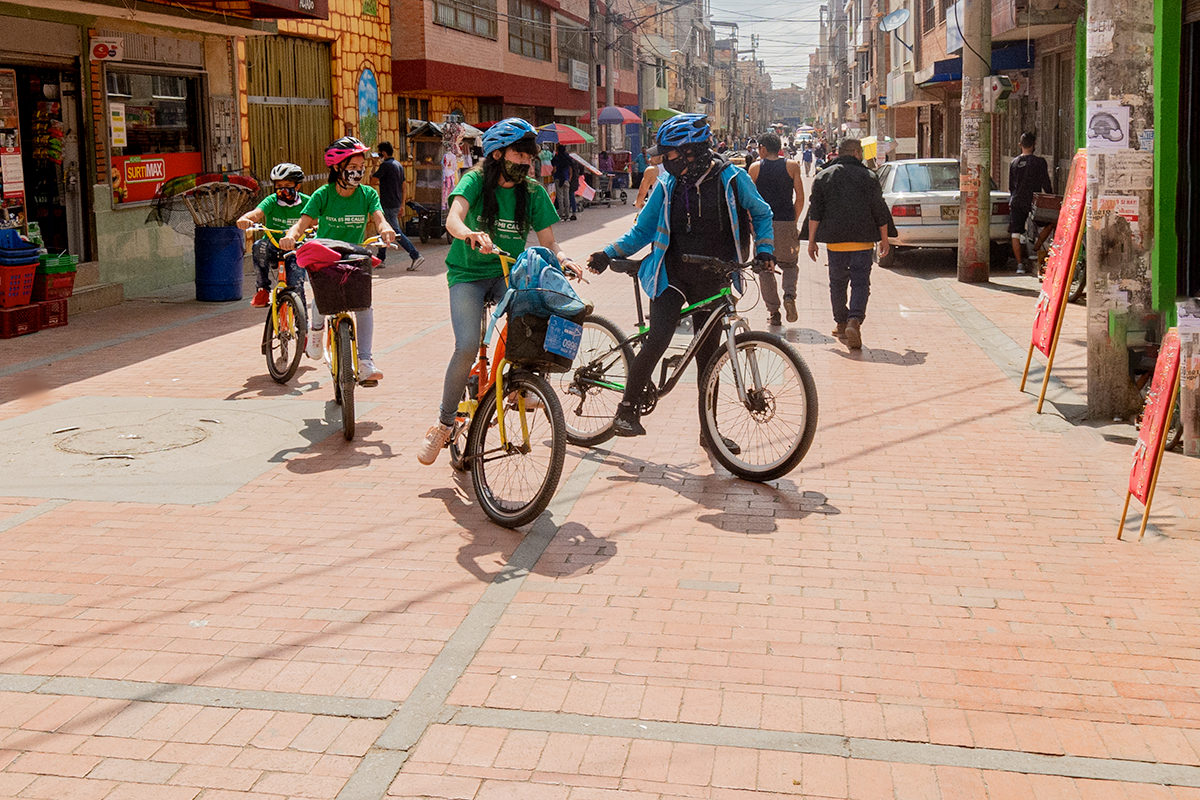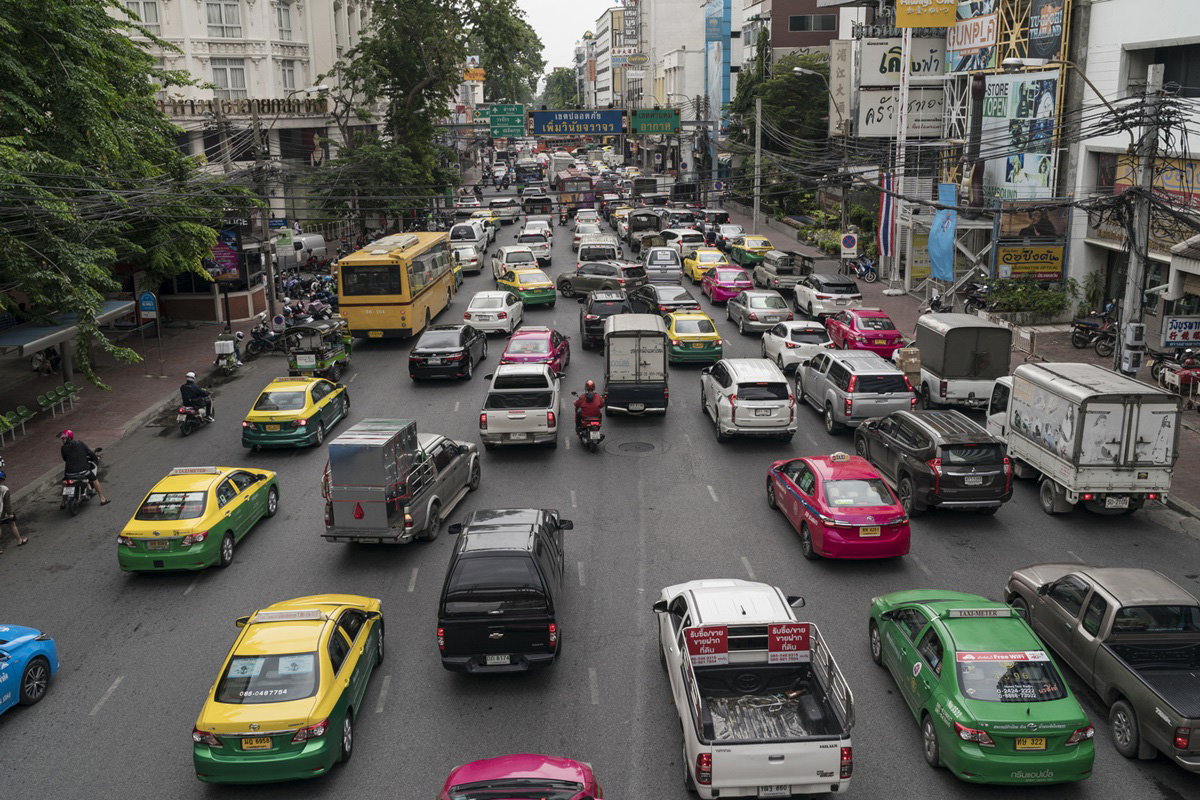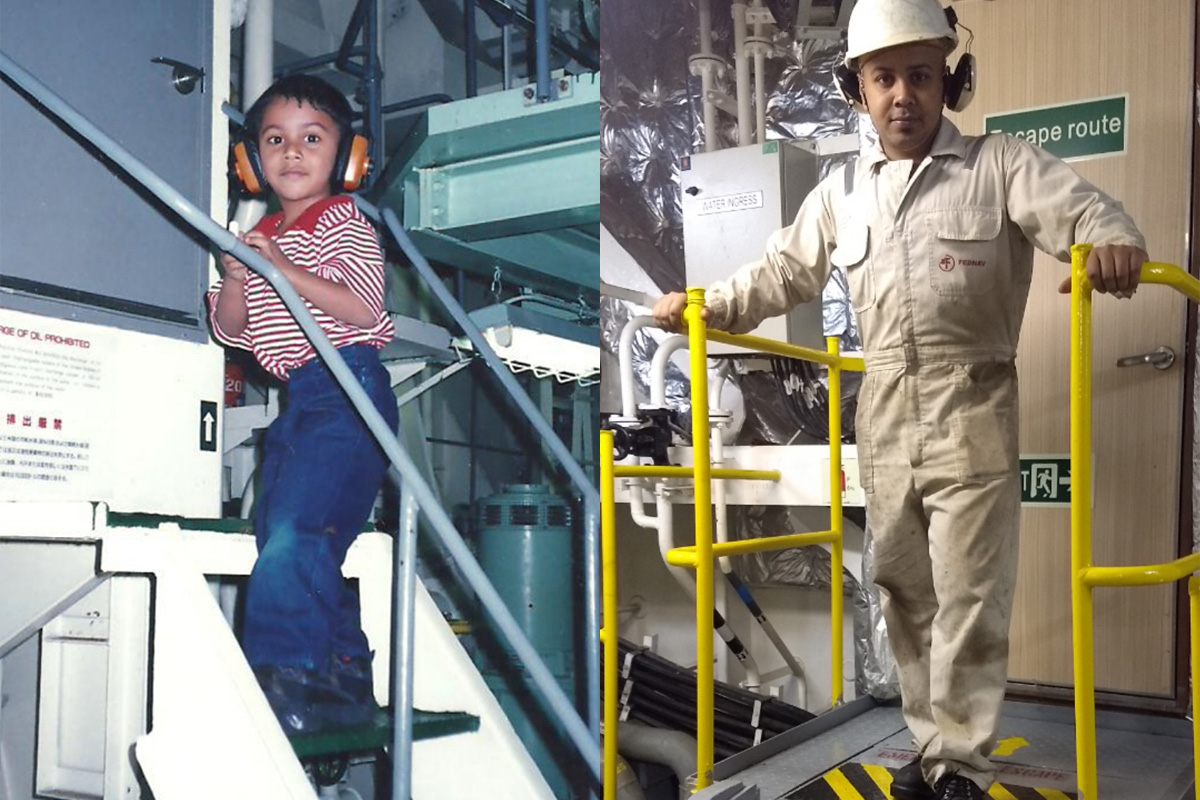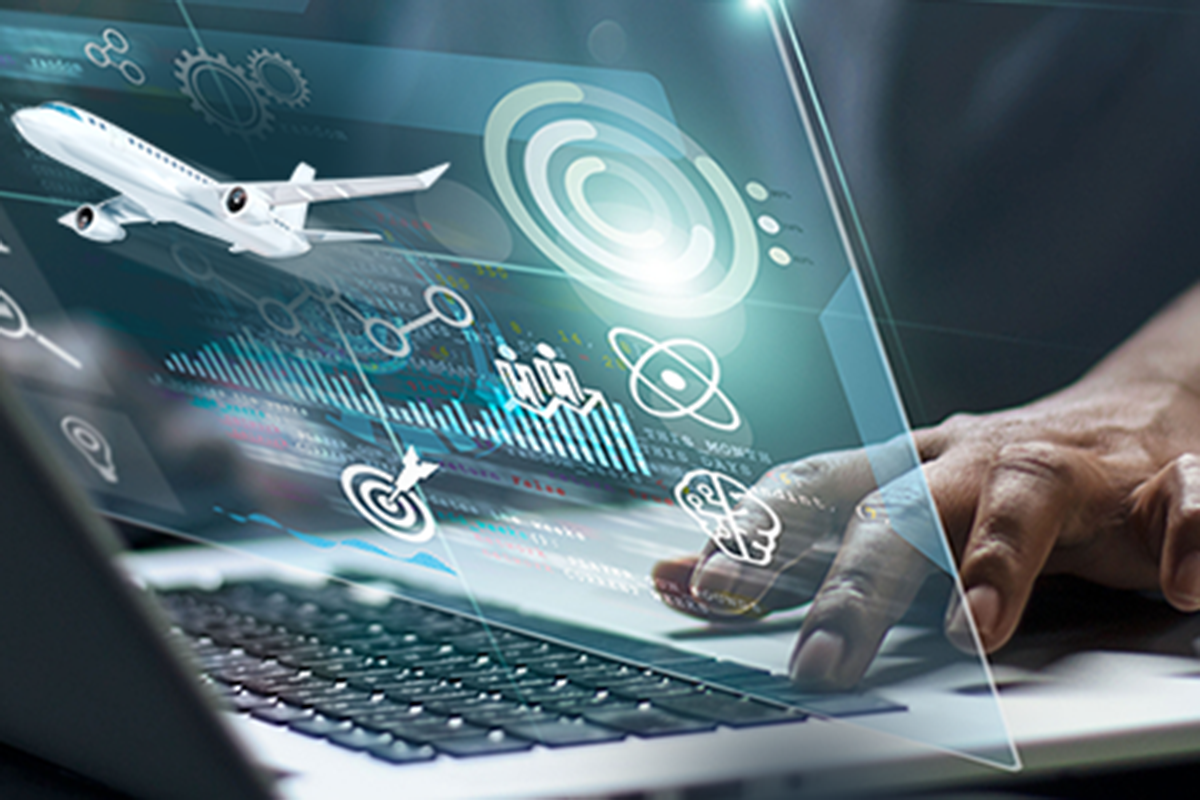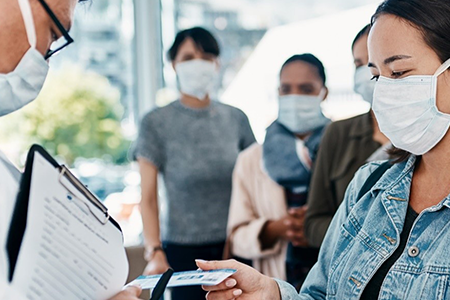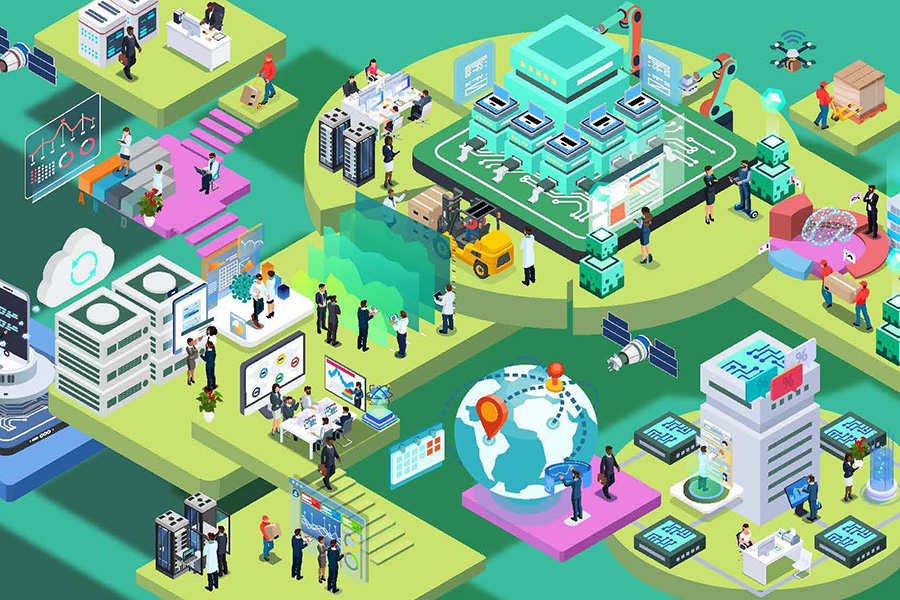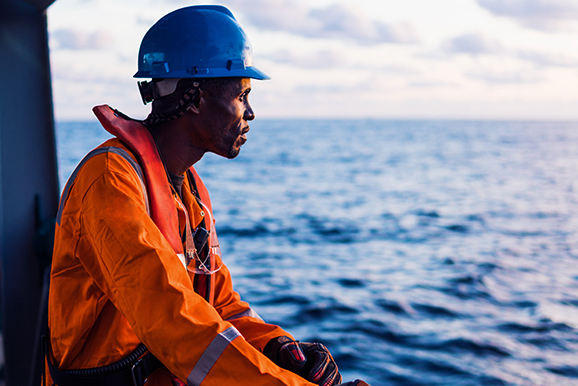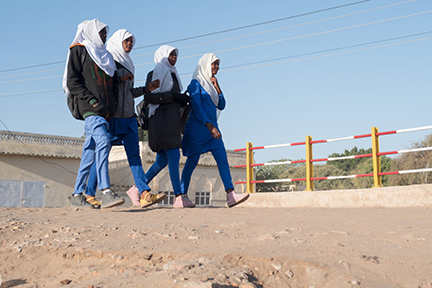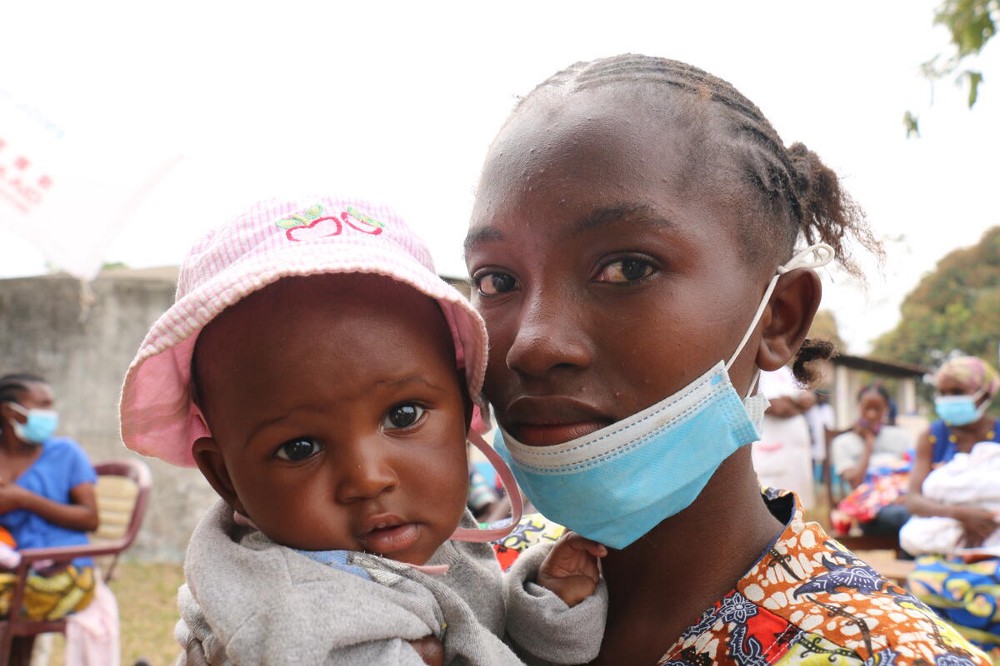The bicycle is an instrument of sustainable transportation, conveying a positive message to foster sustainable consumption and production and has a positive impact on climate. It contributes to cleaner air and less congestion. It also makes education, health care and other social services more accessible to the most vulnerable populations. This World Bicycle Day ride a bike for your health and the health of our planet!
Transport and Communications
Road traffic injuries are a leading cause of death and disability worldwide, with around 1.3 million people killed and as many as 50 million people injured each year. 1 of every 4 deaths occur among pedestrians and cyclists. The WHO Global Plan for the Decade of Action for Road Safety 2021-2030 aims to reduce road traffic deaths and injuries by 50% by 2030 by ensuring safe roads, vehicles and behaviours as well as by improving emergency care. This year’s Global Road Safety Week focuses on sustainable transport, in particular the need to shift to walking, cycling and using public transport.
WHO welcomes the political declaration on Global Road Safety committing to cut road traffic deaths and injuries by 50% by 2030, a milestone for road safety and sustainable mobility.
The Day of the Seafarer (25 June) focuses on the contributions made by seafarers to the entire global community. Every day, hundreds of thousands of seafarers are underway on ships, while others get ready for their next voyage. Without seafarers, there would be no shipping. Under this year’s theme “Your voyage - then and now, share your journey”, IMO calls on seafarers to share what resonates with them most, include photos of their first and most recent voyages, and tell us what has changed. Search #SeafarerJourney in social media, to take a look at seafarer voyages.
ICAO and partners have completed new digital air cargo technical specifications guidance that will help to accelerate the transition towards safer and more resilient supply chains.
The new space race – joined by many private companies in addition to national administrations – means increased complexity when it comes to radio frequency spectrum sharing and space sustainability. Learn more about ITU’s role in safeguarding spectrum use in space.
The UN aviation agency (ICAO) is encouraging countries to continue combatting the spread of COVID-19, and specifically the Omicron variant, using its recommendations and guidance and manual.
A farmer carrying produce to local markets, a ship being loaded with medical supplies, a child seated on a school bus – the movement of people and goods, whether local, trans- or intercontinental, shapes sustainable development. Sustainable transport – with its objectives of universal access, enhanced safety, reduced environmental and climate impact, improved resilience, and greater efficiency – is the focus of the 2nd Global Sustainable Transport Conference.
Short video poem by Chad Jordan, on the role played by seafarers in our daily lives and the need to recognize the unique contribution made by seafarers from all over the world to international seaborne trade, the world economy and civil society as a whole.
Across the Americas, only about half of households in rural areas have a home Internet connection, compared to nearly three quarters of those in urban areas, according to the latest study on regional digital trends by the ITU. The last of six regional preparatory meetings for the ITU World Telecommunication Development Conference (WTDC) brought policy makers and experts together to take stock of digital challenges and opportunities.
At a time when we face enormous challenges brought on by the COVID-19 pandemic, it is heartening to see the world mobilizing as never before to tackle the looming crisis of global warming. From renewable energy to carbon markets to sustainable agriculture, countries are taking steps to address emissions and enhance resilience. But despite all the positive momentum, there is one area in particular that requires urgent action: transport. Without decarbonizing transport, no scenario for achieving the 1.5-degree climate goal is feasible, and there we are currently heading in the wrong direction. The global transport sector emits around 24 percent of the world’s total energy-related carbon emissions, and this is expected to grow by 60 percent by 2050.
The heads of five UN organizations have called for maritime and air transport workers to be prioritized for COVID-19 vaccination, given their key role in supporting global trade and mobility.
Every year during the rainy season, communities in Ed Daein in East Darfur, Sudan face difficulty accessing essential services like schools, markets and hospitals. Roads are prone to flooding, cutting off entire communities and putting people at serious health risks from mosquitos, which are attracted by pools of stagnant water. To help improve road conditions, through a project funded by the Qatar Fund, UNOPS in partnership with the International Labour Organization (ILO) built culverts, or drainage structures, at more than 20 crossing points across Darfur, helping to prevent roads from flooding and improving access for over 2 million people.
When fishing vessels operate far from their home port, transshipment allows fishers to transfer their catch at sea or in a foreign port.


